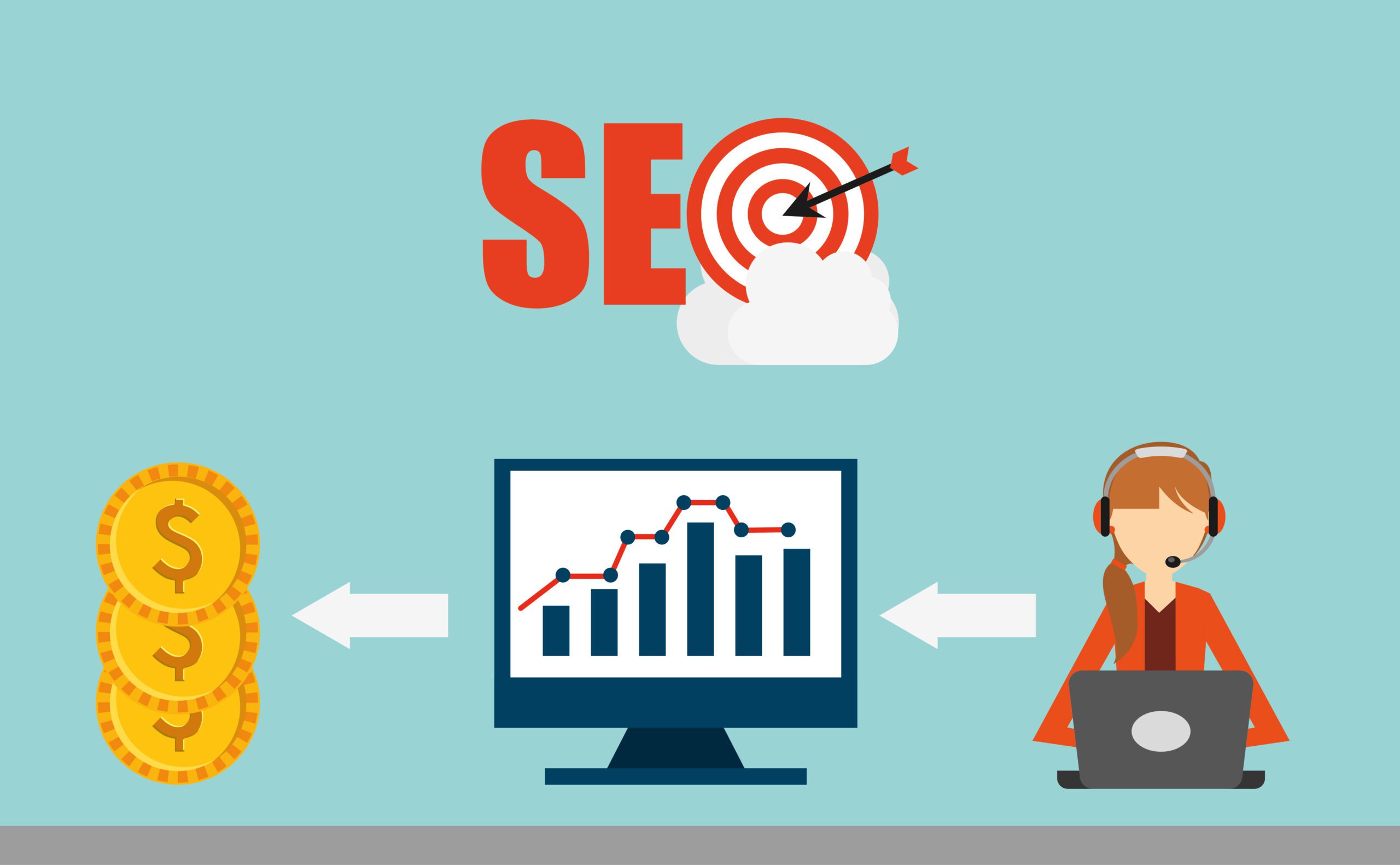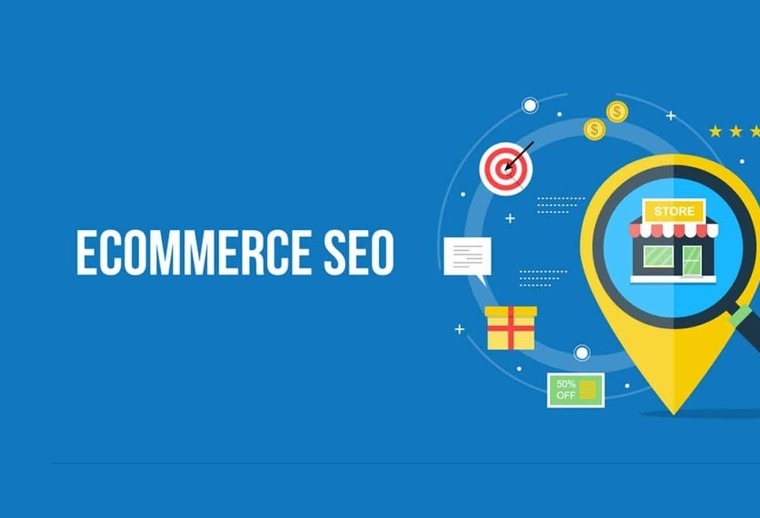
E-commerce SEO is essential for driving traffic and increasing sales. While basic SEO strategies lay the groundwork, advanced techniques can help you gain a competitive edge. This guide explores advanced SEO techniques tailored for e-commerce businesses.
1. Advanced Keyword Research
Go beyond basic keyword research by identifying high-converting keywords and optimizing for user intent.
Strategies:
- Customer Journey Mapping: Identify keywords that align with different stages of the buyer’s journey (awareness, consideration, decision).
- Semantic Search Optimization: Use related terms and synonyms to cover a broader range of search queries.
- Voice Search Optimization: Optimize for natural language and question-based queries common in voice searches.
Tools:
- AnswerThePublic: Discover questions and phrases users are searching for.
- LSIGraph: Generate latent semantic indexing (LSI) keywords to enhance content relevance.
2. On-Page SEO Enhancements
Refine on-page SEO with advanced techniques to improve user engagement and search rankings.
Strategies:
- Content Clusters: Organize content around pillar pages and cluster content to boost topic authority.
- Rich Snippets: Use structured data to enhance SERP visibility with rich snippets (e.g., product ratings, pricing).
- Content Refreshing: Regularly update existing content with new information and keywords to maintain relevance.
Tools:
- Yoast SEO: Implement advanced on-page optimizations and schema markup.
- Surfer SEO: Analyze and optimize content structure and keywords for improved on-page SEO.
3. Technical SEO Mastery
Advanced technical SEO ensures your site performs optimally and is easily crawlable by search engines.
Strategies:
- JavaScript SEO: Ensure your JavaScript-powered content is crawlable and indexable by search engines.
- Core Web Vitals Optimization: Improve loading speed, interactivity, and visual stability metrics.
- Canonicalization: Implement canonical tags to avoid duplicate content issues and consolidate link equity.
Tools:
- Google Search Console: Monitor and fix indexing issues, and optimize core web vitals.
- Screaming Frog: Conduct in-depth site audits to identify and resolve technical SEO issues.
4. Advanced Link Building


Build high-quality backlinks to enhance domain authority and drive targeted traffic.
Strategies:
- Content Syndication: Distribute your content on reputable platforms to reach a broader audience and earn backlinks.
- Resource Link Building: Create valuable resources (e.g., guides, infographics) that others want to link to.
- Digital PR: Leverage PR strategies to earn media coverage and backlinks from authoritative sites.
Tools:
- BuzzStream: Manage outreach campaigns and build relationships with influencers and bloggers.
- Ahrefs: Identify backlink opportunities and analyze competitors’ link profiles.
5. Conversion Rate Optimization (CRO)
Optimize your site to convert traffic into sales, focusing on user experience and persuasive design.
Strategies:
- A/B Testing: Experiment with different page elements (e.g., headlines, CTAs, layouts) to find what converts best.
- Personalization: Tailor content and recommendations based on user behavior and preferences.
- Checkout Optimization: Simplify the checkout process to reduce cart abandonment rates.
Tools:
- Google Optimize: Conduct A/B tests and personalize user experiences.
- Hotjar: Analyze user behavior with heatmaps and session recordings.
6. Leveraging AI and Machine Learning
Incorporate AI and machine learning to enhance your SEO strategy and automate processes.
Strategies:
- Chatbots: Use AI-driven chatbots to improve customer service and engagement.
- Predictive Analytics: Utilize machine learning to forecast trends and optimize inventory and marketing strategies.
- Content Generation: Employ AI tools to assist with content creation and keyword optimization.
Tools:
- Chatfuel: Create AI-powered chatbots for customer interaction.
- Frase: Use AI to research topics, optimize content, and generate outlines.
7. Mobile SEO Optimization
Ensure your site offers a seamless experience across all devices, especially mobile.
Strategies:
- Accelerated Mobile Pages (AMP): Implement AMP to improve mobile page load speeds.
- Mobile-First Indexing: Prioritize mobile-friendly design and content as Google predominantly uses the mobile version for indexing.
- Progressive Web Apps (PWAs): Develop PWAs to provide a fast, app-like experience on mobile devices.
Tools:
- Google Mobile-Friendly Test: Check how easily a visitor can use your page on a mobile device.
- Lighthouse: Audit your site for performance, accessibility, and best practices.
8. Enhancing User Experience (UX) with SEO
Improve the overall user experience on your site to boost engagement and conversions.
Strategies:
- UX Writing: Use clear, concise, and persuasive language to guide users through their journey.
- Interactive Elements: Incorporate quizzes, calculators, and interactive guides to engage users.
- Visual Storytelling: Use high-quality images and videos to enhance the shopping experience.
Tools:
- Canva: Create visually appealing graphics and content.
- Typeform: Design engaging and interactive forms and surveys.
9. Local SEO for Multi-Location E-commerce
If your e-commerce business has multiple physical locations, optimize for local SEO to attract nearby customers.
Strategies:
- Local Listings Management: Ensure accurate and consistent information across all local directories.
- Geo-Targeted Keywords: Use keywords that include location-specific terms to attract local traffic.
- Localized Content: Create content relevant to each location’s audience and market.
Tools:
- Moz Local: Manage and optimize local business listings.
- BrightLocal: Track local search rankings and manage reviews.
10. Analyzing and Adapting SEO Strategies
Regularly analyze your SEO performance and adapt your strategies based on data-driven insights.
Strategies:
- SEO Audits: Conduct comprehensive audits to identify strengths, weaknesses, and opportunities.
- Competitor Analysis: Continuously monitor competitors’ strategies and performance to stay ahead.
- KPI Tracking: Set and track key performance indicators (KPIs) to measure the effectiveness of your SEO efforts.
Tools:
- Google Analytics: Track website traffic, user behavior, and conversion rates.
- SEMrush: Perform competitor analysis and track your SEO performance.


Conclusion
Advanced SEO techniques can significantly enhance your e-commerce store’s visibility, drive more targeted traffic, and increase sales. By implementing these strategies and continuously analyzing and adapting your approach, you can stay ahead in the competitive e-commerce landscape and achieve long-term success.
Remember, SEO is an ongoing process that requires constant attention and refinement. Stay informed about the latest trends and algorithm changes, and be prepared to innovate and experiment to find what works best for your online store.



